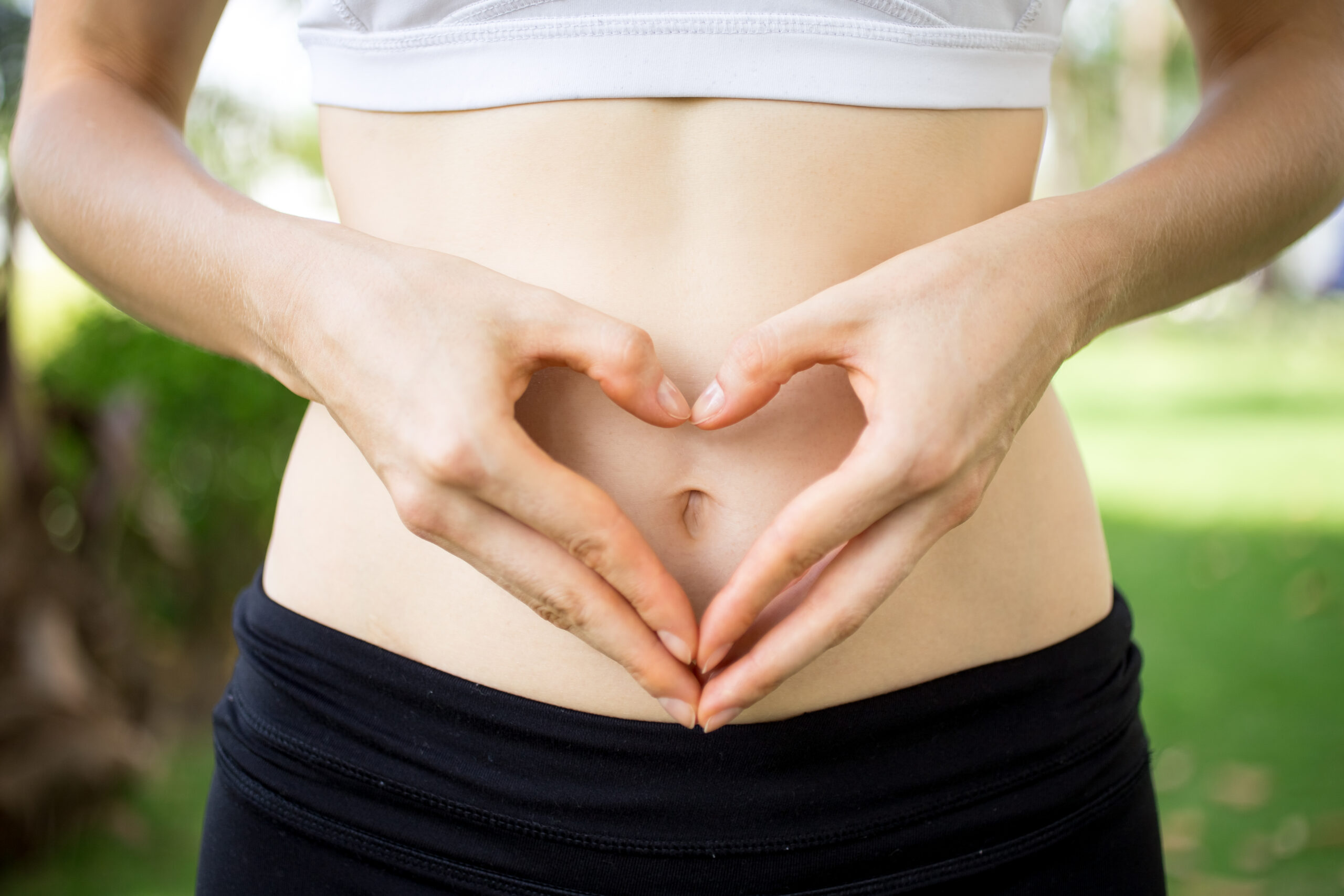Red light therapy (RLT) is a non-invasive treatment that uses specific wavelengths of red and near-infrared light. It is widely known for improving skin health, reducing pain, and healing wounds. However, recent research suggests that RLT may also benefit gut health. Let’s explore how red light therapy could positively impact your gut microbiome.
What Is the Gut Microbiome?
Your gut microbiome is home to trillions of microorganisms, including bacteria, fungi, and viruses. These microorganisms play key roles in digestion, nutrient absorption, immune function, and mental health. A balanced gut microbiome is essential for overall health.
Disruptions in the microbiome are linked to conditions like irritable bowel syndrome (IBS), inflammatory bowel disease (IBD), and metabolic disorders.
How Red Light Therapy Affects Gut Health
Emerging research reveals that red light therapy may help balance the gut microbiome. Here’s how it works:
- Promotes Beneficial Bacteria
Studies show that red light therapy can support the growth of healthy bacteria like Lactobacillus and Bifidobacterium. These bacteria aid digestion and strengthen gut health.
- Reduces Harmful Bacteria
Red light therapy may inhibit harmful bacteria, such as E. coli and Salmonella. This improves the overall balance of gut microorganisms.
- Decreases Inflammation
Inflammation in the gut can cause discomfort and lead to chronic conditions. Red light therapy has anti-inflammatory properties that may soothe the gut lining.
- Strengthens the Gut Barrier
The gut lining acts as a barrier to prevent harmful substances from entering the bloodstream. Red light therapy improves the gut barrier function, reducing the risk of leaky gut syndrome.
Scientific Research on Red Light Therapy and Gut Health
Research has uncovered promising effects of RLT on gut bacteria:
- A study in the journal Photobiomodulation, Photomedicine, and Laser Surgery showed that RLT encouraged the growth of beneficial bacteria while reducing harmful strains.
- Another study in Journal of Photochemistry and Photobiology B: Biology found that RLT strengthened intestinal cells and reduced inflammation.
While further research is needed, these findings highlight the potential of RLT as a gut health booster.
Benefits of Red Light Therapy for Gut Health
Here are the key advantages of using red light therapy for your gut:
- Restores gut microbiome balance.
- Reduces symptoms of IBD and leaky gut syndrome.
- Improves digestion and nutrient absorption.
- Alleviates bloating, constipation, and abdominal pain.
How to Use Red Light Therapy for Gut Health
- At-Home Devices
Purchase a red light therapy panel or wand for targeted use. You can find our range of products HERE.
- Professional Treatments
Visit wellness centers or spas offering red light therapy sessions. These are ideal for whole-body treatments.
- Consistency Matters
Use red light therapy regularly for the best results. Start with short sessions and increase gradually.
Other Ways to Support Gut Health
For a holistic approach, combine red light therapy with these practices:
- Eat a fiber-rich diet with prebiotics and probiotics.
- Manage stress through mindfulness or meditation.
- Exercise regularly to enhance gut microbiome diversity.
- Get enough sleep to maintain gut health.
Final Thoughts
Red light therapy shows great promise for improving gut health by supporting beneficial bacteria, reducing inflammation, and enhancing gut barrier function. While research is still developing, this therapy could become an essential tool in gut health management.
Integrate red light therapy into your wellness routine alongside a healthy diet and lifestyle for maximum benefits. Whether you use an at-home device or seek professional treatments, your gut will thank you.
Sources:
1. Jahani-Sherafat S, Taghavi H, Asri N, Rezaei Tavirani M, Razzaghi Z, Rostami-Nejad M. The effectiveness of photobiomodulation therapy in modulation the gut microbiome dysbiosis related diseases. Gastroenterol Hepatol Bed Bench. 2023;16(4):386-393. doi: 10.22037/ghfbb.v16i4.2687. PMID: 38313351; PMCID: PMC10835098.
2. Liebert A, Bicknell B, Johnstone DM, Gordon LC, Kiat H, Hamblin MR. “Photobiomics”: Can Light, Including Photobiomodulation, Alter the Microbiome? Photobiomodul Photomed Laser Surg. 2019 Nov;37(11):681-693. doi: 10.1089/photob.2019.4628. Epub 2019 Oct 9. PMID: 31596658; PMCID: PMC6859693.
